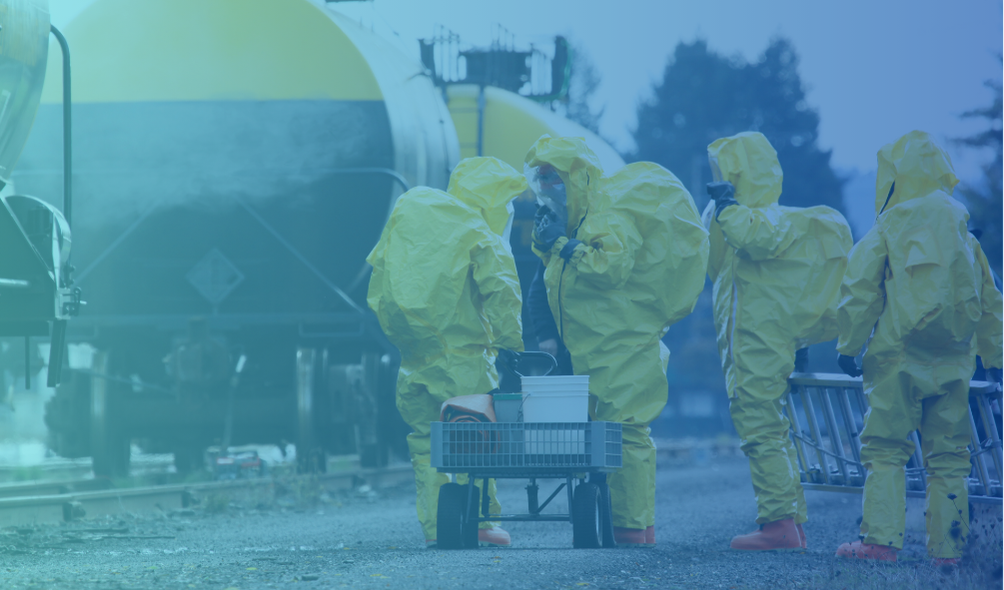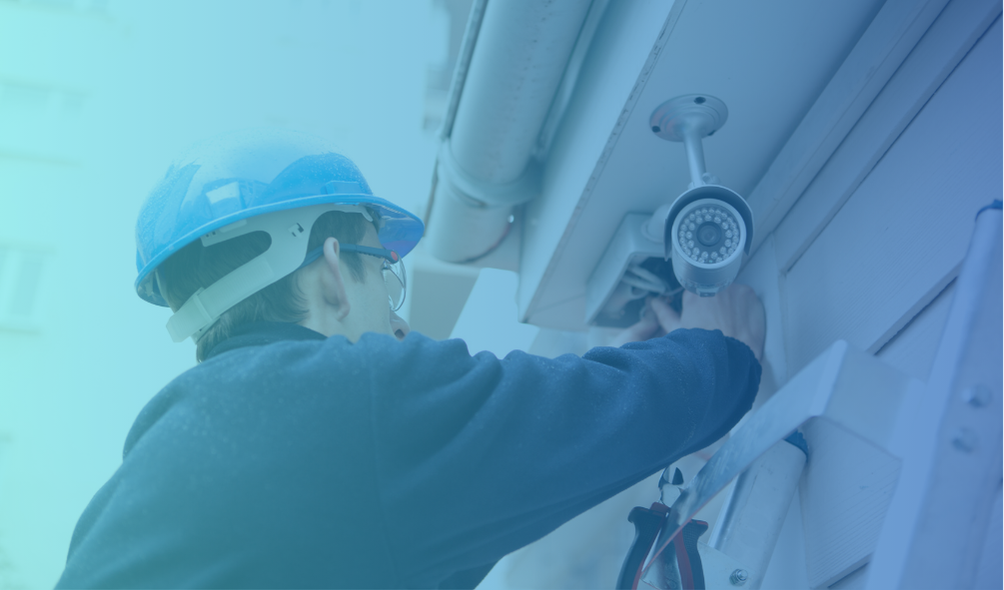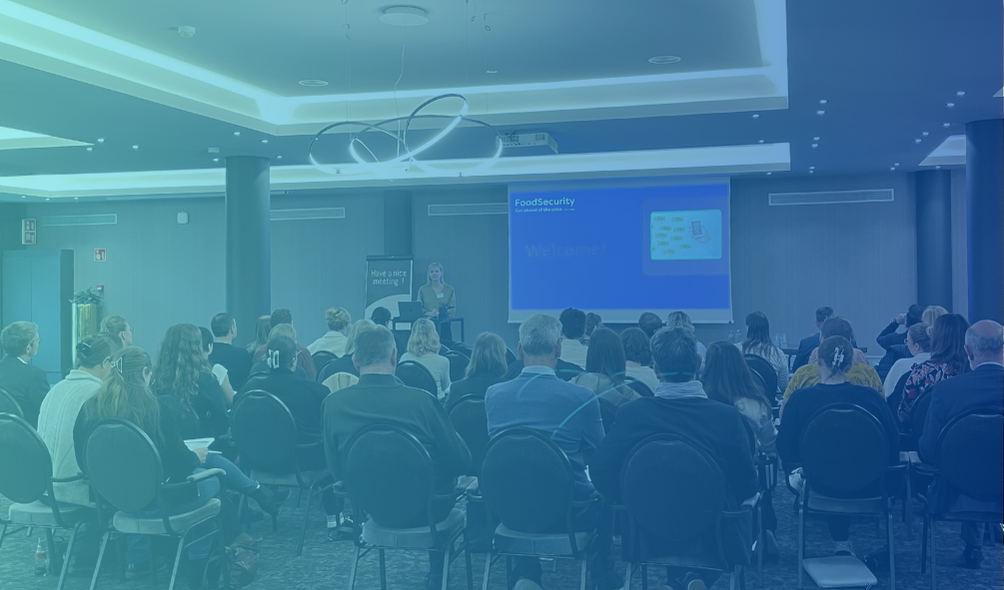Sustainability and risk management: two sides of the same coin
There is no doubt that companies will continue to roll out their sustainability plans in 2024. The European Corporate Sustainability Reporting Directive (CSRD) requires more companies to report on their sustainability initiatives the following year.
A sustainability plan is essential, but in doing so, food safety should not take a back seat. Goes without saying? Yet in reality we find that it proves difficult to maintain the balance.
Sustainability does not equal food safety
When disconnecting their old gas chains, a company rented a mobile unit to keep products at the desired temperature. Until a customer returned a lot after an excess on combustion gases.
After analysis, the company identified the cause: the rented mobile unit. These gases, although not regulated by law, are known to be carcinogenic. Therefore, customer and company agreed to limit combustion gases to stipulated figures.
Risk-aware throughout the entire process
Food safety issues are emerging with other sustainable alternatives as well. Consider packaging. In the effort to reduce plastic, there is less packaging, but is the product quality still guaranteed?
In addition to sustainable products, many food companies are also striving for healthier products. This way, they are reducing salts and preservatives in their products, but what does this imply for food safety?
These incidents are by no means an argument against sustainability, but rather a demand for a thoughtful transition with the necessary risk awareness.
What can we learn from these incidents?
Risk assessment and management
Conduct thorough risk assessments for all new sustainable processes and materials. For example, examine the impact of alternative packaging materials on food safety to ensure that they do not pose a risk to your products.
Evaluate risks with a risk matrix and include any new risks in your crisis manual. Work out a roadmap and crisis communication in advance.
Integrate sustainability into the food safety plan
Ensure that sustainable initiatives are incorporated into the food safety management system. This means that sustainable practices such as waste reduction, energy efficiency and sustainable sourcing should align with HACCP principles and other food safety standards.
The quality manager should be involved in the sustainability transitions and the materials used. Too busy to follow up on the work zone? Engage an external quality manager to keep an eye on food safety and identify and manage risks up front.
Supplier management
Your suppliers should also adopt sustainable and safe practices. According to the European Corporate Sustainability Due Diligence Directive (CSDDD), potential social and environmental risks associated with the supply chain must be identified and monitored.
Conduct audits and discuss sustainability goals and expectations with your suppliers, especially those of raw and packaging materials.
How can we help you?
Take the first step today
Did you know … It is best to evaluate your crisis management process once a year? For some companies, it is even mandatory to maintain their certifications.
No time or in-house expertise? Let us evaluate your crisis manual. Contact us with your questions at contact@foodsecurity.com.
Learning points

The crisis as the new normal
For an increasing number of Belgian food companies, crises are no longer the exception, but the new normal. The days when a crisis was a clearly defined incident, are far behind...

Keep intruders out: strengthen your company’s physical security
Cybercrime often takes centre stage these days. But while digital firewalls are being fortified, physical gates are sometimes left wide open. As a food producer, your responsibi...

6 lessons from our Lunch & Learn “Sensitive Consumer Complaints”
During our Lunch & Learn “Sensitive Consumer Complaints,” experts and companies provided insights into how to effectively handle challenging complaints. You can find...
